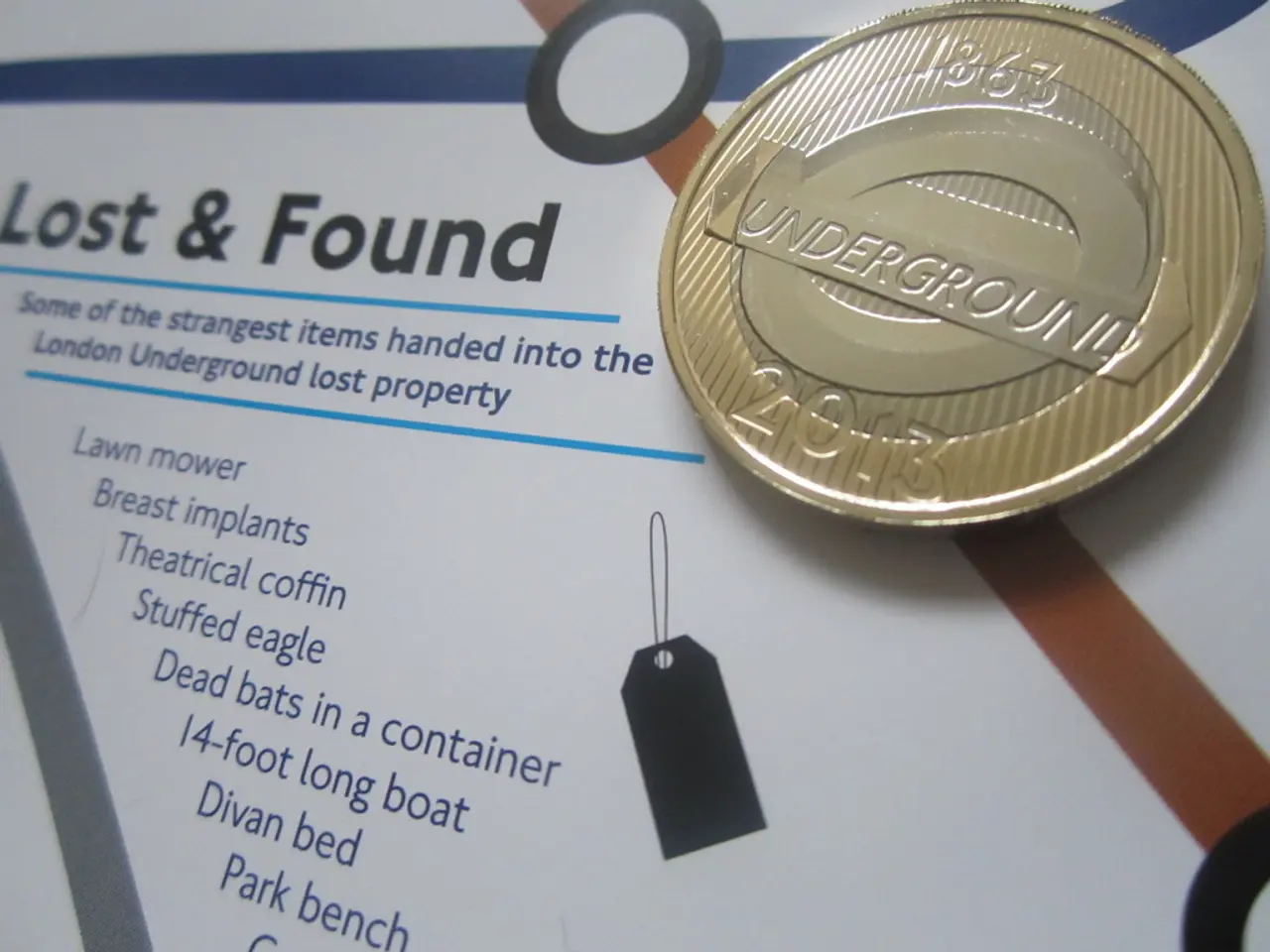Mapping Your Research: Crafting Charts for In-depth Analysis
In the realm of research, maps play a pivotal role in understanding various phenomena, from glacier melt contribution in southeast Alaska to ice core sites in Antarctica. Python, a versatile programming language, offers a suite of mapping packages that cater to these needs, making it an essential tool for researchers.
One of the foundational libraries in this Python ecosystem is Matplotlib, a core plotting library that supports creating static, animated, and interactive visualizations. It serves as the base for other mapping libraries, providing the core plotting framework.
Geopandas, an extension of the popular Pandas library, is another essential tool. It allows for the easy manipulation of geometric data types and simple plotting of spatial data. Geopandas integrates seamlessly with Matplotlib for visualization and is excellent for managing and analyzing geographic datasets.
Cartopy, a Python package focused on geospatial data processing, is particularly useful for producing maps and spatial analyses. It builds on Matplotlib and enhances map plotting with various projections, shapefile support, and integration with other geospatial libraries. Cartopy is widely used for scientific mapping and offers rich tools for geographic coordinate handling.
Contextily, a useful library for adding background map tiles (like OpenStreetMap) to Matplotlib/Geopandas plots, provides contextual basemaps for geographic visualizations. Descartes supports using Shapely or GeoJSON-like geometric objects as Matplotlib paths and patches, making it helpful in plotting complex polygons and shapes on maps.
Geoplot, a higher-level geospatial plotting library built on Geopandas and Matplotlib, simplifies the creation of complex geographic visualizations. Fiona, a library for reading and writing spatial data files, facilitates the import/export of geospatial datasets used in mapping tasks.
While Google Earth and Maps are particularly useful for plotting sets of locations and including annotations, they do not have the same support for dealing with large geospatial datasets as other tools on the list. They are, however, quick and easy for plotting arbitrary sets of latitude-longitude coordinates, offering a useful tool for gaining intuition about data quickly.
QGIS, a free and open-source geographic information software (GIS), is another powerful tool in this ecosystem. It allows users to collate and visualize a vast array of possible data sources and provides numerous statistical tools to analyze these data. QGIS can be used in various fields, such as ecology, urban planning, and the speaker's own research in glaciology.
ArcGIS, similar to QGIS, is proprietary software that only runs on Windows laptops. Unlike QGIS, it is not open-source.
The speaker, with a passion for maps, has adorned their walls with various maps, including a glaciological map of Antarctica, public transport maps of Toulouse, Christchurch, and New York, and a road map of Washington. Cartopy is effective for plotting maps of Antarctica centered around the South Pole.
In conclusion, the Python ecosystem offers a powerful set of tools for creating research maps, handling various geospatial data formats, and producing publication-quality visualizations. Whether you're a researcher in glaciology, history, meteorology, or epidemiology, these tools provide a solid foundation for your mapping needs.
A junior researcher might find the 'Geopandas' library beneficial for managing and analyzing geographic datasets, as it allows for the easy manipulation of geometric data types and simple plotting of spatial data. Furthermore, for producing maps and performing spatial analyses in data-and-cloud-computing research, the 'Cartopy' Python package could be a useful addition, as it offers rich tools for geographic coordinate handling and integrates with other geospatial libraries.




